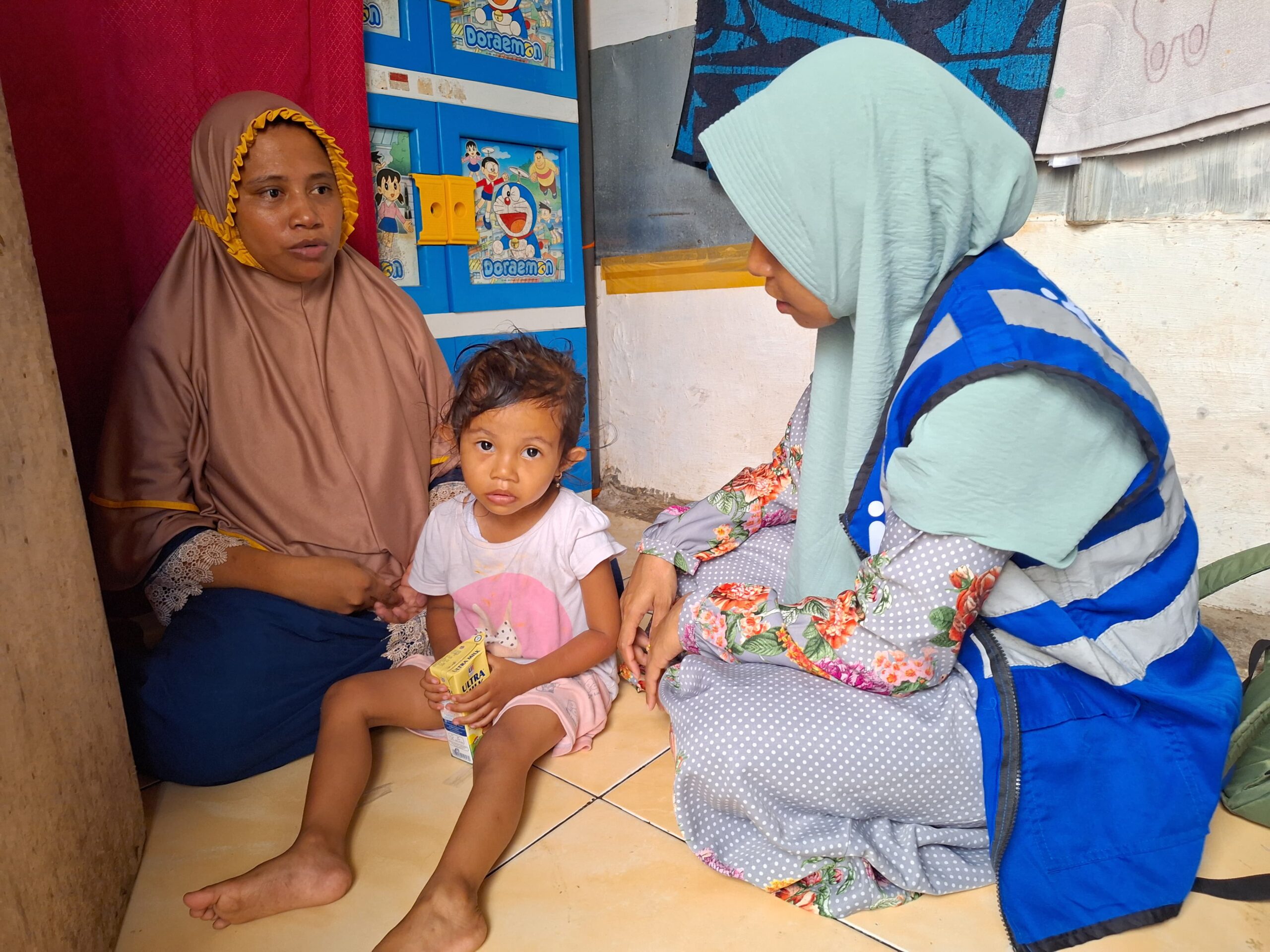


In Indonesia, nearly one in five children under five years old suffers from stunting a condition of chronic malnutrition that affects physical and cognitive development. According to the Indonesia Nutritional Status Survey (SSGI) 2022, the national stunting rate stands at 21.6%, with significantly higher rates in rural and environmentally degraded areas. While health and nutrition interventions are critical, a growing body of evidence suggests that environmental degradation plays a pivotal yet overlooked role in stunting. Indonesia’s Environment and Forestry Minister, Siti Nurbaya Bakar, recently emphasized this connection, stating that pollution, deforestation, and lack of access to clean water and sanitation contribute significantly to childhood stunting. Her statement is supported by findings from UNICEF and WHO, which have long recognized the impact of unsafe water, inadequate sanitation, and poor hygiene (WASH) on children’s growth and development. In fact, repeated exposure to fecal bacteria due to poor sanitation is a leading cause of environmental enteric dysfunction (EED), a condition that impairs nutrient absorption and contributes to stunting. Indonesia’s regulatory framework acknowledges this nexus between environmental quality and public health. Key laws such as Law No. 32/2009 on Environmental Protection and Management and Law No. 36/2009 on Health set standards for environmental quality, water sanitation, and public health safeguards. Furthermore, the National Medium-Term Development Plan (RPJMN) 2020–2024 explicitly includes stunting reduction as a priority through integrated cross-sectoral programs addressing water, sanitation, hygiene (WASH), and environmental sustainability.
Environmental conditions shape child health outcomes from conception through early childhood. In many parts of Indonesia, open defecation, polluted rivers, and insufficient waste management create a breeding ground for waterborne diseases. According to Bappenas (2021), households without access to proper sanitation are 2.6 times more likely to have stunted children. Yet environmental policy is rarely integrated into national stunting reduction programs. To effectively address stunting, Indonesia must adopt a cross-sectoral strategy that bridges environmental management and public health. This includes restoring degraded watersheds, protecting groundwater sources, promoting eco-sanitation technologies, and implementing nature-based solutions to improve water access and quality. Programs like "Kampung Iklim" (Climate Village), launched by the Ministry of Environment and Forestry, offer promising models of community-based environmental restoration, but they must be scaled and aligned with child health priorities. International support can play a key role in funding these efforts, especially through climate finance mechanisms that recognize co-benefits for health and sustainable development.
Academic institutions also have a role to play. Universities should invest in transdisciplinary research that investigates how environmental restoration and WASH improvements impact child growth metrics. Rigorous field studies could help tailor interventions to the needs of Indonesia’s most vulnerable regions. The message is clear: we cannot treat stunting as merely a matter of food and nutrition. It is also about the rivers we allow to remain polluted, the forests we cut down, and the communities we leave behind in environmental decay. A healthy child needs a healthy environment. The future of Indonesia depends not only on the food on our children’s plates, but also on the clean air they breathe, the water they drink, and the land they grow up on. To raise a generation that thrives, we must heal the environment that shapes their earliest years.